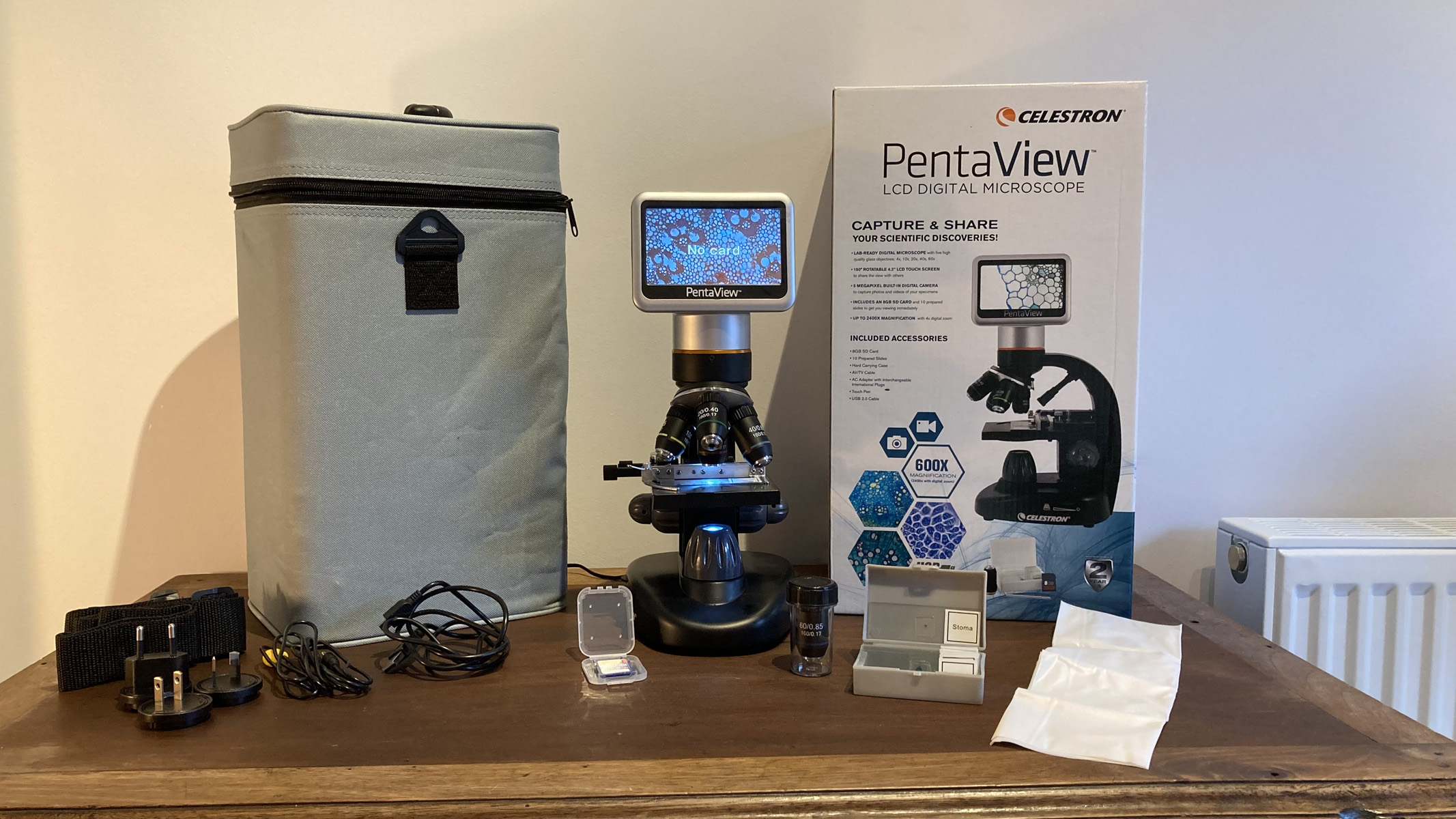Minerals, Vol. 14, Pages 1136: Distribution Characteristics of Trace Elements in Carboniferous–Permian Coal from the Western Margin of Ordos Basin: Emphasis on Their Complex Geological Genesis
Minerals doi: 10.3390/min14111136
Authors: Yaofeng Sun Shaohu Li Xin Dong Wenjing Chen Wei Song Yinuo Zhang Kexin Sun Guohong Qin
The Carboniferous–Permian coal deposits in the western margin of the Ordos Basin are known for their unique geological characteristics and potential enrichment of trace elements; however, there have been limited studies on the complex geological genesis of these elements, hindering the development of effective strategies for mineral resource exploration in this region. This study aims to investigate the distribution characteristics of trace elements in Carboniferous–Permian coal from the western margin of Ordos Basin, focusing on their complex geological genesis using techniques such as optical microscopy, X-ray fluorescence spectrometry, and inductively coupled plasma mass spectrometry. The results show that the average maximum vitrinite reflectance values in the Helanshan coalfield, Zhuozishan coalfield, and Ningdong coalfield are 1.25%, 0.83%, and 0.69%, respectively. Compared with the world’s hard coals, Li and Ga in Carboniferous–Permian coal from the western margin of the Ordos Basin are mildly enriched (CC, concentration coefficients; 2 < CC < 5) or enriched (5 < CC < 10). On the basis of revealing the response of the geochemical characteristics of coal to the geological development of the basin, the composite genetic model of terrigenous clastic supply, fault structure, low-temperature hydrothermal fluid and coal metamorphism have been established in Carboniferous–Permian coal in the western margin of the Ordos Basin. In this complex genetic model, folds and faults are very well developed. Although the provenance may have provided sufficient detrital sources for the study area, frequent tectonic changes, denudation, or scour led to the loss of detrital supply, and the provenance did not ultimately cause the enrichment of elements in the study area. However, the widely developed fault structure provided channels for sulfur-containing hydrothermal fluids, and the increase in coal metamorphism resulted in the enrichment of trace elements in the Carboniferous–Permian coal in the western margin of the Ordos Basin.

 1 month ago
14
1 month ago
14


